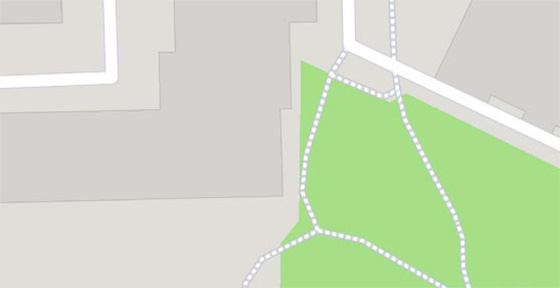The historic tower was built in the 12th century, but its present appearance is the result of multiple reconstructions that have been carried out over the centuries. Initially, it served as an entrance gate in the second lane of the city's fortifications. Then it also served as an observation point and wheat warehouse. Today it is used as an exhibition space.
Only the main core, reaching the height of the first floor, has survived from the original building. The upper storeys collapsed in the second half of the 16th century. At that time, the painter Johann David, staying inside and painting the vault of the tower, died. The roof was also rebuilt several times. Initially, it had the shape of a sharply topped pyramid surrounded by four towers, but in the years 1824-1926 it was replaced with the present shape resembling a light bulb.
The tower was thoroughly restored in the 1960s and housed exhibitions devoted to the history of the city.
Достопримечательности внутри




